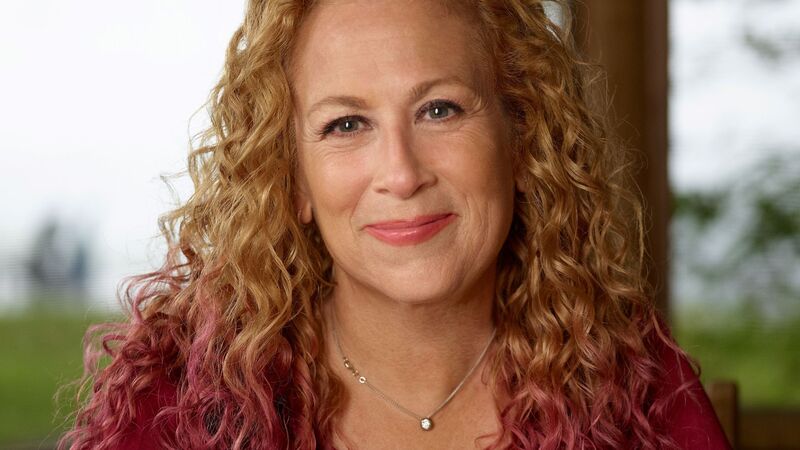You are viewing your 1 free article this month. Login to read more articles.
A family affair
The submissions for the Branford Boase Award in any year are always fascinating for what they tell us about publishers' greatest expectations of what may be the next 'big thing'. On the one hand, there is the broad range of books that publishers think will fly—these may be very similar to other recent success or their antecedents may go further back making them reassuring familiar, the kinds of book that would not look out of place in any year’s submissions. On the other there are the stories that come out of right now—the books that identify current socio-political issues and the preoccupations of family life both at home and at school and view them through a contemporary prism.
From year to year there is much repetition, of course, and nothing in storytelling is absolutely new but this year it was striking just how many of the over 60 submissions were stories with domestic settings where the drama depended on the internal conflicts and confusion of the family. The action and the jeopardy are centred on resolving the problems that beset the child or their whole family.
These aren’t just small domestic adjustments, such as moving house, which used to be such a big theme in children’s fiction as it allowed so many emotions surrounding loss to be played out. By setting up a dramatic shift in external circumstances, such stories played on children’s known hatred of change which, in both life and fiction, they usually come to terms with before too long, especially when new friendships are forged thus resolving the issue.
Instead, today’s fictional children are being faced with problems which have no such simple resolution. Many deal with things going wrong in families: family breakdown, accidents, deaths, mental health problems from depression and addiction to borderline personality disorders, all of which it will be impossible for a child to resolve as the issues are insurmountable. Any story revolving around characters, whether adult of children, whose approach to daily life is different provides unpredictability, new challenges and an unending raft of complex situations to navigate. It certainly provides adventure because life is different and it’s an adventure which gives readers every opportunity to develop empathy and understanding, one of the key expectations of today’s fiction.
None of these subjects are entirely new to children’s fiction—Jacqueline Wilson dealt with mental illness brilliantly in The Illustrated Mum for example—nor is the idea of setting a story entirely in a domestic space without many precedents. After all, outdoor adventure took a big hit with the arrival of the mobile phone and the increased lack of freedom for children to be out alone. It has been dwindling ever since as a fictional form, except where the outdoors is either fantastical or historical but, this year, it seemed almost to have disappeared from new novels. Either authors instinctively know not to even try to tread into such dangerous territory or publishers play safe by side-stepping such stories when they are submitted. Instead, action with complex characters but set on a tiny scale was dominant. While some floundered largely because too many characters were unreliable in some way which meant the story lacked credibility, many others showed the skilful way today’s authors handled a new kind of adventure which depends on interaction rather than action.
See this year's Branford Boase Award shortlist here.


















